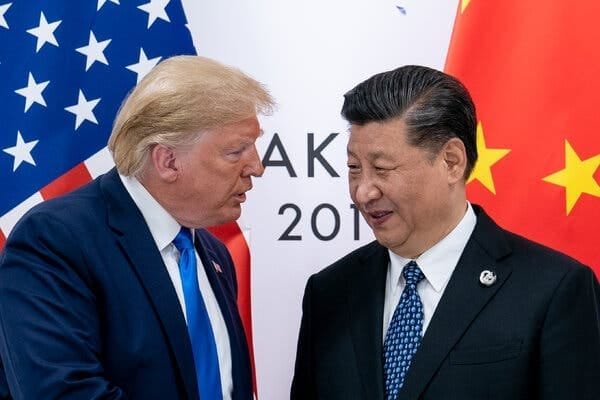
India’s Chief Economic Advisor warns that dollar-pegged stablecoins may challenge global financial stability.
India’s Chief Economic Advisor, V. Anantha Nageswaran, recently made a statement saying that stablecoins pegged to the US dollar will become a significant phenomenon next year. He stated this at an event in Mumbai, adding that they will pose challenges to global monetary policy. Stablecoins are a type of cryptocurrency that maintain a stable value, mostly pegged to the US dollar. Their popularity is growing, with the global market capitalization exceeding $300 billion. Nageswaran warned that dollar-pegged stablecoins will create challenges for monetary policy, monetary transmission, and seigniorage benefits, although systems like India’s UPI reduce the need for stablecoins in India. However, globally, they will increase competition for banks.
What are Stablecoins?
Stablecoins are cryptocurrencies that remain stable in value. Unlike other coins like Bitcoin, their value does not fluctuate. Most are pegged to the US dollar, for example, Tether (USDT) and USD Coin (USDC). They are backed by reserve assets such as cash, bonds, or other assets. Stablecoins are used for payments, transfers, and investments. They operate 24/7, and transactions are inexpensive and fast. They are popular in developing countries where the local currency is volatile. People hold money in dollar-pegged stablecoins. Stablecoins originated in 2014, with Tether being the first major stablecoin. Their number has increased significantly, and the market surpassed $300 billion in 2025. Favorable regulations in the US have contributed to their growth, while the EU has implemented MiCA regulations. India currently does not have any specific legislation regarding stablecoins.
Popularity of US Dollar Stablecoins
US dollar-pegged stablecoins are the most widely used. They reinforce the dominance of the dollar, which is used in 88% of global trade. Stablecoins further strengthen this dominance. People use them for cross-border payments due to lower fees and faster transfers. These fill banking gaps in emerging markets and increased the use of stablecoins in 2025. In the US, the GENIUS Act created regulations, increasing access to the dollar. But they also bring challenges. Nageswaran said they will affect monetary policy.
Challenges to Global Monetary Policy
Nageswaran outlined three main challenges. First, monetary policy. Central banks set interest rates and control the economy. Stablecoins become an alternative currency. People choose stablecoins instead of bank deposits. This reduces bank liquidity and affects monetary transmission. This is the process of spreading the impact of policy. Stablecoins hinder this. If people hold dollar stablecoins, the local currency weakens. The impact of the Fed’s policy increases. Other countries’ policies become less effective. And third, seigniorage benefits. This is the profit from printing currency, the difference between face value and production cost. Stablecoins increase the use of the dollar. The US benefits, while other countries lose. The IMF said that stablecoins transfer seigniorage into private hands.
Competition for Banks
Stablecoins steal bank deposits. People choose stablecoins for higher interest rates. Banks will have to increase deposit rates. Nageswaran said that stablecoins will compete as financial intermediaries. Also, UPI is strong in India. It provides instant payments. The need for stablecoins is less. There is more need in advanced economies like the European Union. UPI connects hundreds of banks. In 2025, UPI promoted a cashless economy, and stablecoins can be linked to UPI. This will increase interoperability. India is working on the e-rupee. India’s approach is that it is not regulating cryptocurrencies. It is not creating any new laws. Nageswaran said that India is not looking for an alternative to the US dollar, but is focusing on rupee trade. The RBI is suppressing crypto. Promoting CBDCs
Global Impact and Risks
Stablecoins increase dollar dominance, leading to dollarization in emerging economies. Local currencies weaken. Monetary policy effectiveness decreases, and the Fed’s policies impact cryptocurrencies. Tightening monetary policy reduces stablecoin market capitalization, increasing global stability risks. Liquidity flows out of banks, but the IMF stated that a digital euro would ensure stability, so countries should adapt. New monetary frameworks should be adopted, considering the history and examples, although the history of stablecoins is short. Tether was launched in 2014, USDC in 2018. Now PayPal and others are involved. They are used in countries like Argentina to hedge against inflation. Crypto trading increased in India but decreased due to taxes and regulations. Stablecoins are useful for payments.





